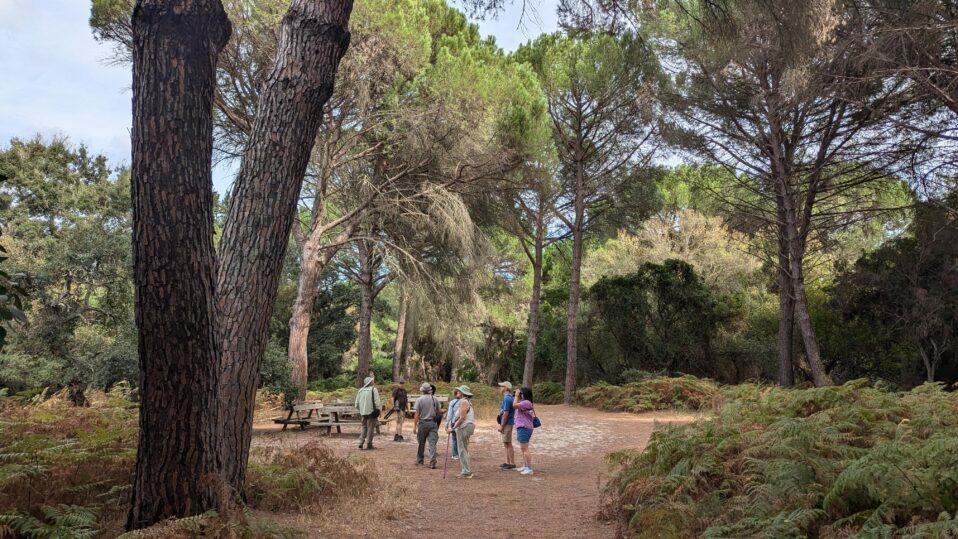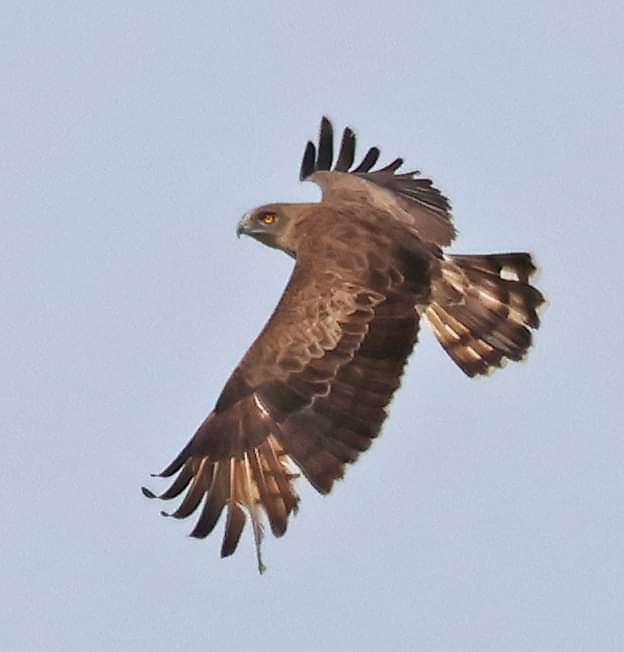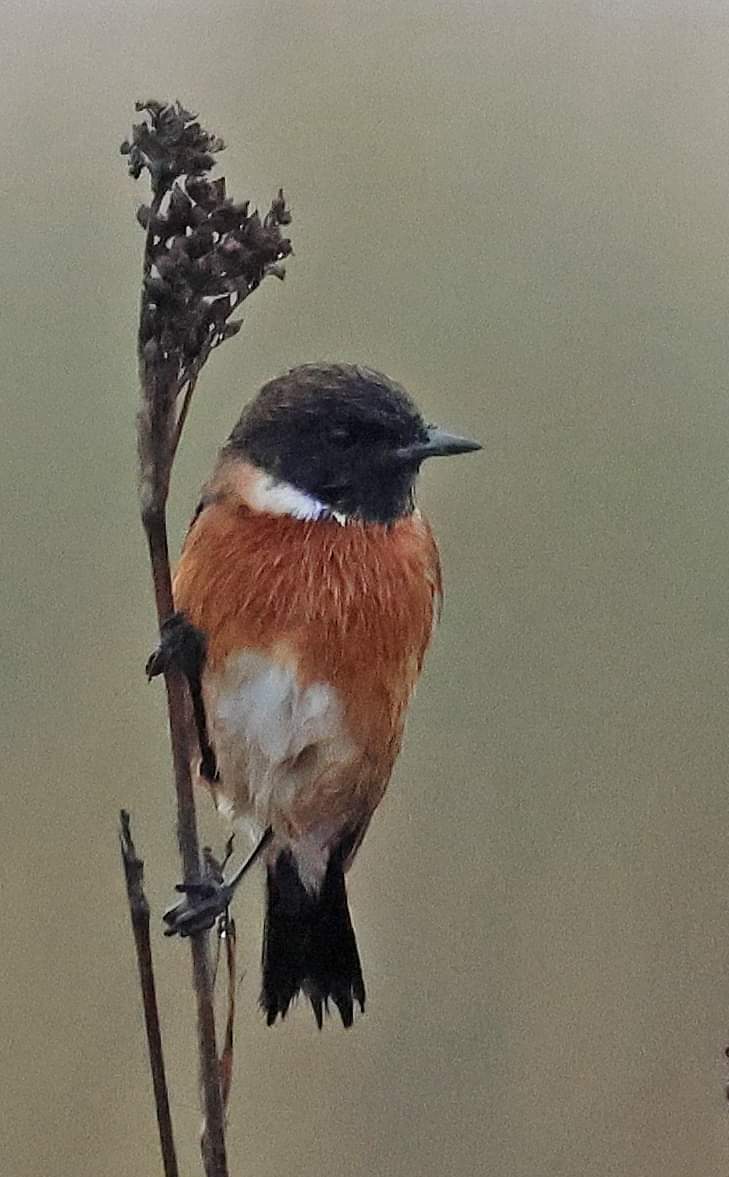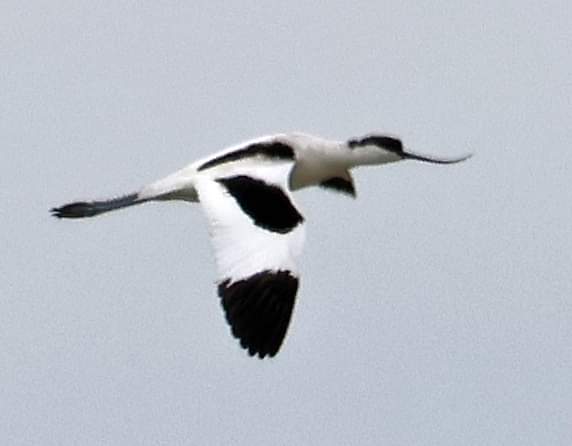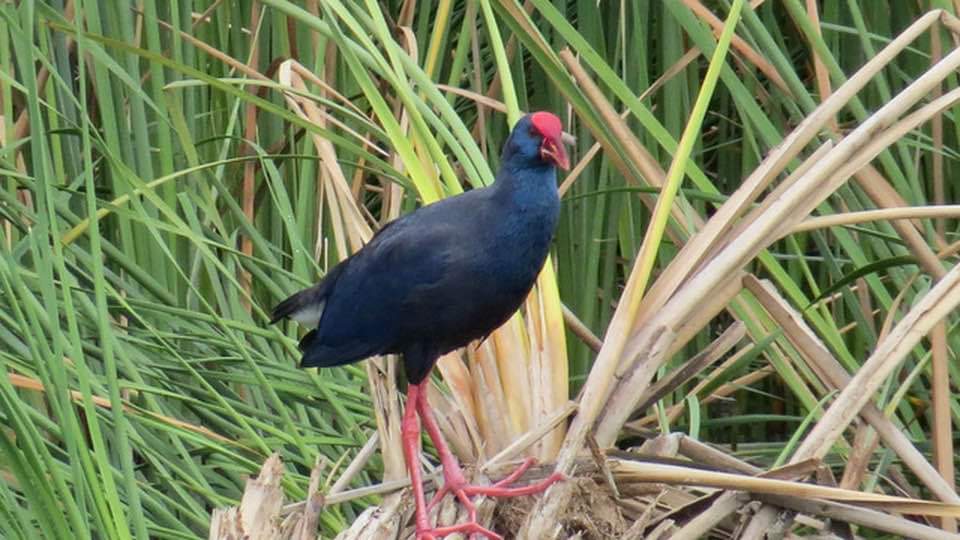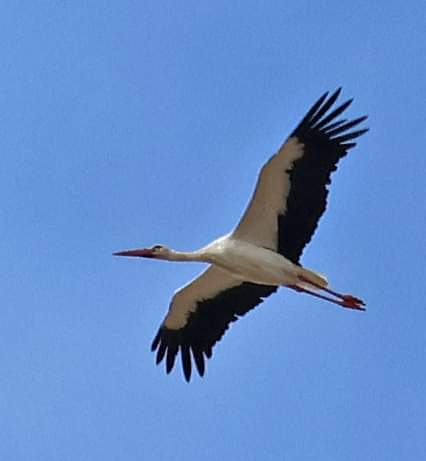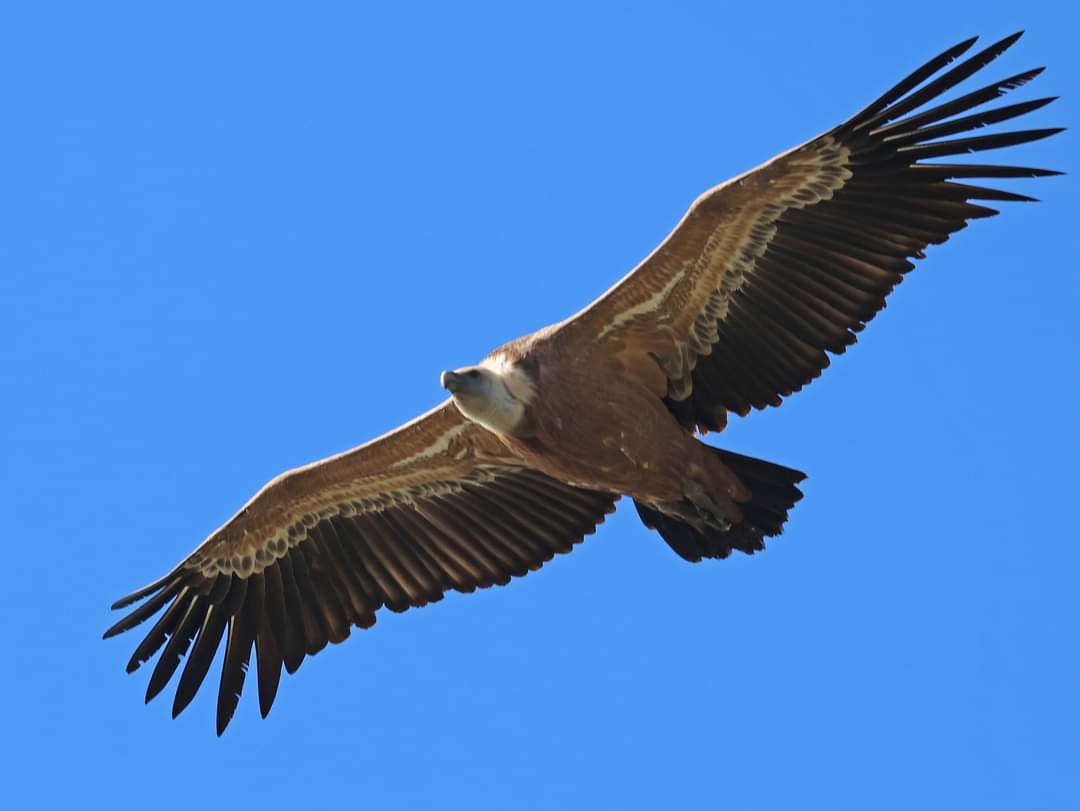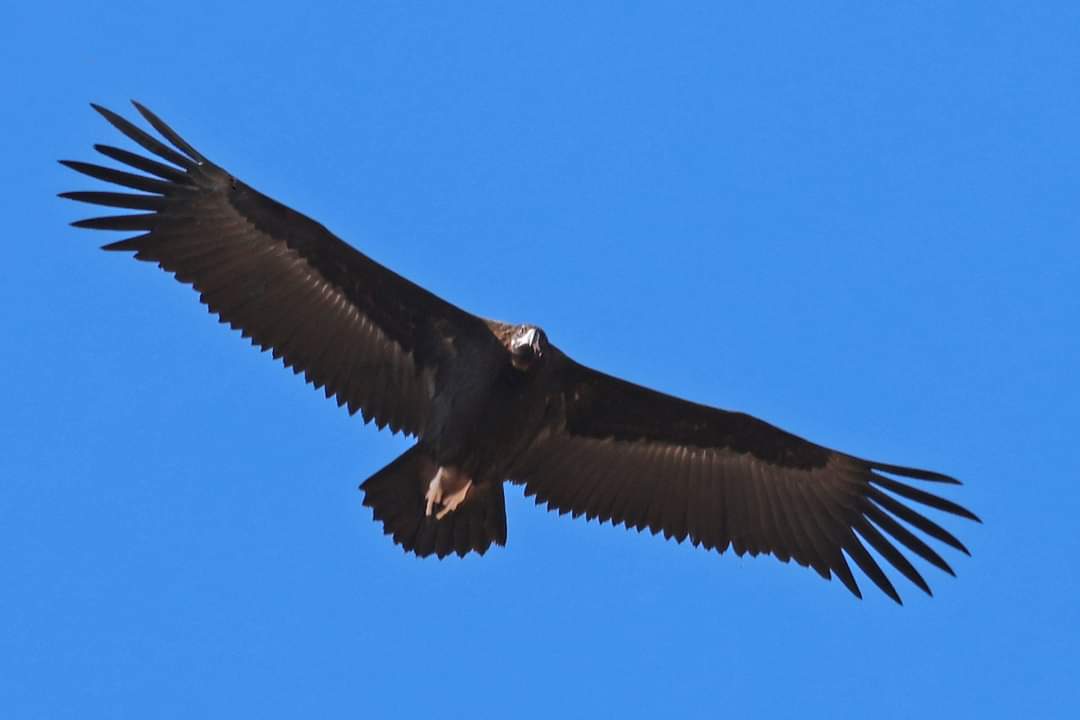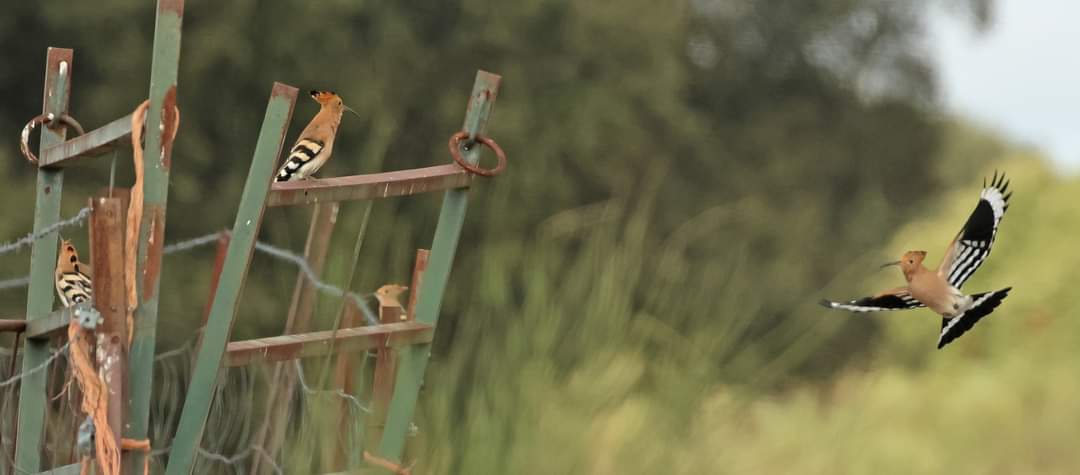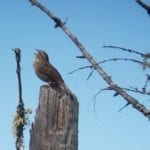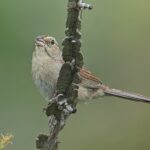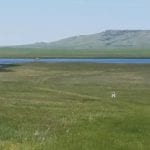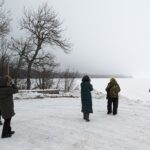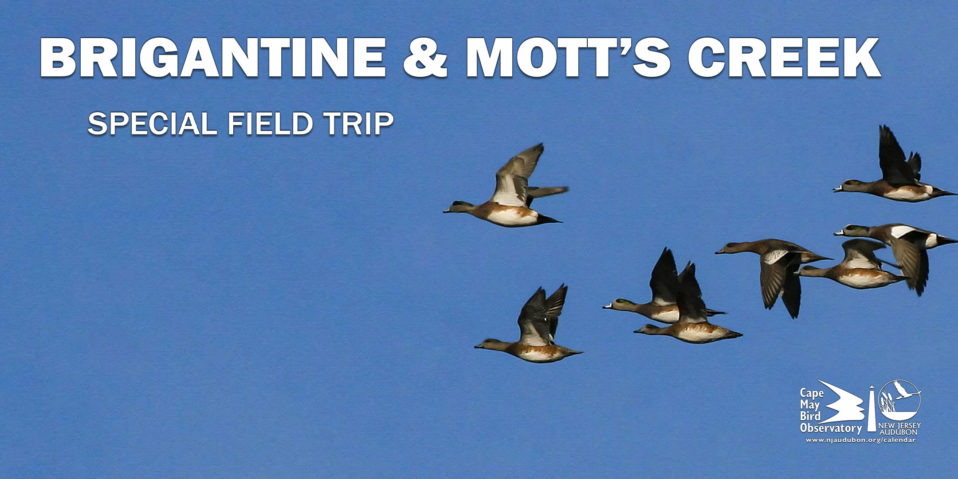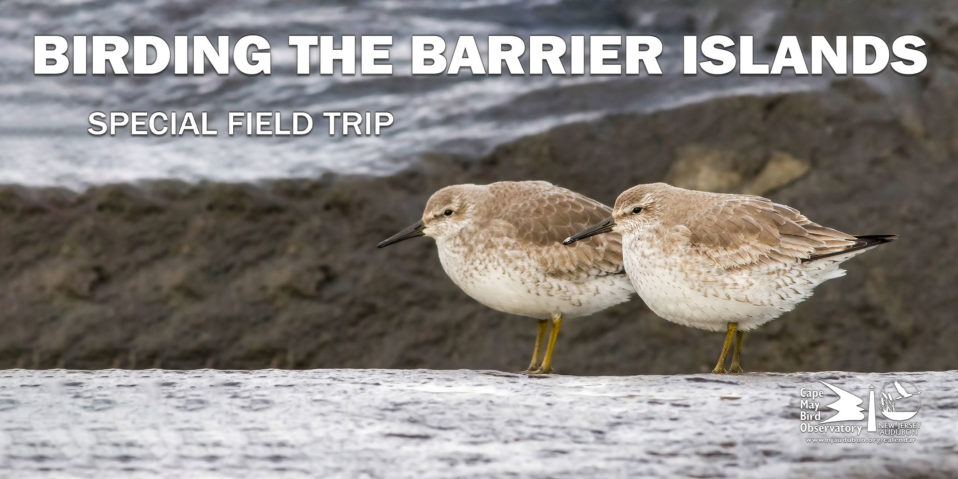Donana National Park by Scott Barnes
We began our birding just outside the city of Lisbon (Lisboa), Portugal visiting a few sites around the Tagus River Estuary where we got our first taste of the many birds found on the Iberian Peninsula. Shorebirds included Common Ringed Plovers, Black-tailed Godwits, and Common Redshanks feeding on extensive mudflats scattered with weather-worn fishing boats waiting for the rising tide. We had our first encounters with many passerine species we continued to see throughout the trip like Pied Flycatcher, Zitting’s Cisticola, Sardinian Warbler, and European Stonechat. We scoped a distant Black-winged Kite here—our only one of the tour. In the afternoon we made the journey southeast to our base at the wonderful Hospederia Ardea Purpurea (Purple Heron Hotel) in the Spanish state of Andalucia. Tawny Owls were calling most nights from the woodland behind our rooms.
Doñana National Park is one of the largest in Spain with extensive wetlands (one of the largest in southwestern Europe), agricultural areas, rice fields, stone pine and cork forests. We saw almost 10,000 Glossy Ibis filling the skies, flocks and flocks of Greater Flamingos, Eurasian Spoonbills, White Storks, shorebirds, and waterfowl. Among the shorebirds were Wood Sandpipers, Green Sandpipers, Pied Avocets, and Black-winged Stilts. Dabbling duck flocks were numerous –we recorded Marbled Duck and Red-crested Pochard among many other species. Gaudy Western Swamphens walked awkwardly through dense Phragmites stands where Cetti’s Warblers sang. In a stone pine forest, we had a cooperative pair of Lesser Spotted Woodpeckers and great looks at stunning Iberian Magpies.
On our travel day south towards Cadiz we drove through arid, dry countryside dotted with small towns. Freshwater ponds and sewage lagoons are magnets for birds where there is little other water. We found several interesting species at such sites including snazzy White-headed Ducks, Squacco Herons, and the critically endangered Red-knobbed Coot. We stopped in the seaside port of Chipiona to see Europe’s only nesting colony of Little Swifts-a species found more commonly in Africa. Pausing at a farm field with a mountain backdrop, we saw several Northern Bald Ibis (another critically endangered species) feeding near cattle and an impressive flock of over 300 Eurasian Jackdaws.
The second leg of the tour was based in the coastal town of Tarifa, Spain near the convergence of the Atlantic and Mediterranean Oceans and the famed Rock of Gibraltar. From prominent hawkwatching sites we could see coastal mountains in Morrocco, Africa. Hundreds of Eurasian Griffons (Vultures) were evident, mixed with good numbers of Booted Eagles and Short-toed Snake-Eagles. We managed to pick two Egyptian Vultures out of the many Griffons from an overlook one afternoon. Other raptors included many Western Marsh Harriers, Eurasian Sparrowhawks, Red Kites, 3 Black Kites, and Eurasian Kestrels. We spent some time seawatching from a couple of vantage points and found good numbers of borealis Cory’s Shearwaters, a few Balearic Shearwaters, and our only Sooty Shearwater and European Shag of the trip. A memorable half hour poolside at our hotel one evening had us watching active migration of aerial insectivores that included over 30 gorgeous Alpine Swifts, Common Swifts, and the white-bellied subspecies of Barn Swallows.
The third leg of our trip was to the state of Extremadura centered around beautiful Monfrague National Park and the high steppes/agricultural areas nearby. Many declining bird species in Europe find good habitat here, and it is the last stronghold for such species as Great Bustard, Black-bellied Sandgrouse, Spanish Imperial Eagle, Cinerous Vulture, and Calandra Lark—all of which we saw very well. Less cooperative was the Pin-tailed Sandgrouse mixed in a distant fly-by flock of the larger Black-bellied Sandgrouse. One afternoon we staked out a small puddle in a wooded section of Monfrague National Park. Patience paid off when we were rewarded with great views of Eurasian Blue Tit, Great Tit, Willow Warbler, Eurasian Blackcap, Eurasian Wren, Common Chaffinch, and a striking male Hawfinch; all at close range. On a damp, drizzly day we worked an excellent wetland reserve at Saucedilla where our efforts were rewarded with Water Rail, Eurasian Thick-knee, Little Bittern, Bluethroat, Eurasian Penduline-Tit, and a field full of Western Yellow Wagtails and a Meadow Pipit or two.
We saw Eurasian Hoopoes several times during the tour, but the best encounter was here where we saw seven hoopoes on a barbwire fence. The birds weren’t getting along too well, and as they flew around trying to knock each other off the prime perches, they were raising that impressive crest and flashing their highly patterned black and white wings. At our last birding stop on the tour we connected with two Bonelli’s Eagles and saw an Egyptian Mongoose hunting along the roadside, weaving its way in and out of the vegetation in search of food.
Many thanks to our partners at Birds and Nature Portugal, especially our guide Dr. Pedro Moreira and our driver Pedro for their great efforts making the tour a successful one. It was a pleasure to bird Spain and Portugal with such a talented, knowledgeable, and friendly team.
By Scott Barnes, Senior Naturalist-Cape May Bird Observatory
Learn more about Eco Travel




